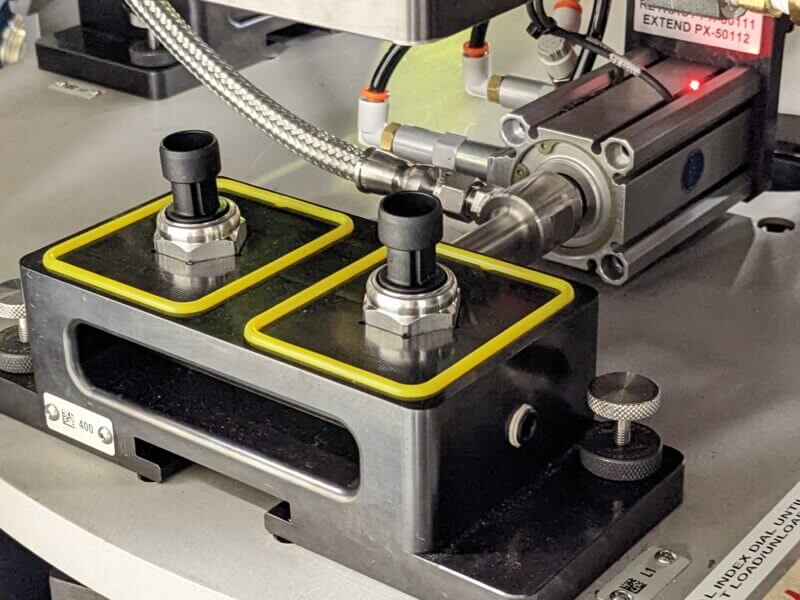
The price of a small component sometimes has no relationship to the costs that result if it fails. Take the pressure switch. This small, seemingly uncomplicated device protects an engine from the effects of low oil pressure, or vehicles and occupants from the consequences of low, or high, brake fluid pressure. Should it fail, two outcomes are possible.
One is where the switch indicates low pressure when there is no such problem. This results in taking the vehicle out of service and spending time and money searching for a serious problem that doesn’t exist. In the other scenario the switch fails to indicate a problem when one does exist. This can quickly lead to expensive mechanical failure, and perhaps even a serious accident.
Wells Engineered Products avoids problems like these by validating designs through rigorous pressure switch testing. Here’s a closer look.
Pressure Switch Functionality
Unlike a sensor that reports a value, (often an analogue voltage,) a switch outputs a binary signal. Pressure switches are engineered to operate at a fixed setpoint, opening or closing as required to suit how the system is designed.
Pressure switches are expected to function in demanding environments. Moisture, dust and temperature extremes must all be considered, along with the vibration, pressure spikes and a requirement to endure tens of thousands of cycles.
Determining Test Requirements
Testing is carried out for two reasons: to validate the design, which is usually performed once during development, and to ensure production switches don’t drift from the required operating parameters. These production tests are carried out on production parts and at an agreed frequency.
When it comes to design validation, long experience of manufacturing electrical and electronic devices for challenging applications has resulted in a comprehensive set of standard tests. These provide confidence in the ability of a design to satisfy the application needs. Sometimes though, a customer may ask for additional testing to satisfy particular concerns about survivability in a specific environment.
Collaboration is central to how Wells does business, so it’s always possible to develop extended test plans when needed. These may include additional testing to ASTM, IEC, ISO or SAE standards, or be to proprietary standards developed by or with individual customers.
Determining Test Specifications
Having agreed what testing is needed, the next step is to determine specific test criteria. This is done by reviewing the application and asking questions such as:
- What is the life expectancy? (Usually defined in terms of number of cycles.)
- What pressures will the switch be subjected to? (It’s particularly important to know whether therewill be any brief spikes as these are known to cause sensors to fail if not considered during the development phase.)
- What environment will the switch be used in? (Dusty/dirty? Vibration or shock impacts? Exposed to gravel or other impacts? Water immersion?)
- What are the temperature extremes?
- To what media will the switch be exposed?
The answers to these and many follow-up questions inform the duration and conditions of each test performed.
Developing a Validation Test Plan
Having established what testing is needed and to what standards or levels, the validation test plan is created. This details all testing procedures to be followed and documents:
- The reason for performing the test
- The equipment needed
- Test inputs (temperatures, cycles, voltages)
- Any conditioning needed prior to completing the test
From here, Lab Test Requests (LTRs) are created for each test to be performed. These LTRs go to the validation lab for completion. All testing notes and results are recorded in these documents.
Tests Performed on Pressure Switches
Essential validation tests include:
- Burst
- Endurance cycling
- Thermal cycling
- Vibration
The validation lab at Wells includes all the equipment needed for these tests.
Additional testing is carried out as needed to evaluate environmental, mechanical, and electrical performance. This can include:
- Chemical resistance
- Water immersion
- High pressure wash
- Dust exposure
- Salt spray
- Vibration
- Gravel bombardment
- Mechanical shock
- Operating voltage
- Over voltage
- High/Low current operation
- Contact resistance.
Once in production, tests carried out to ensure conformance typically include setpoint, leakage, and voltage drop.
Ensuring Product Quality from the Outset
The pressure switch is a relatively simple device, in terms of operating principles anyway, but it’s also one where failure is at best inconvenient and possibly very expensive. To safeguard against warranty claims, the likelihood of recalls, and the risk to reputation, extensive validation testing is part of every development program at Wells. Then, once a switch enters production, functional testing guards against any drift from expected operating parameters.
Wells Engineered Products follows a structured process for defining test requirements and developing detailed test specifications. Actual testing is carried out in our well-equipped laboratory in Fond du Lac, Wisconsin. If you’re interested in learning more about how we ensure pressure switches or any of the other devices we manufacture are fit for purpose, contact us and let’s talk.
